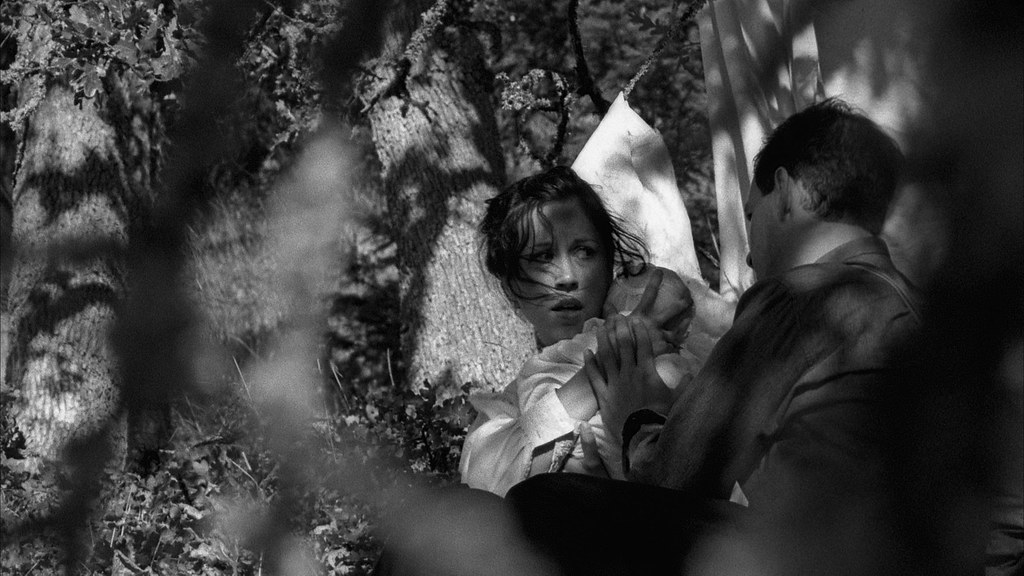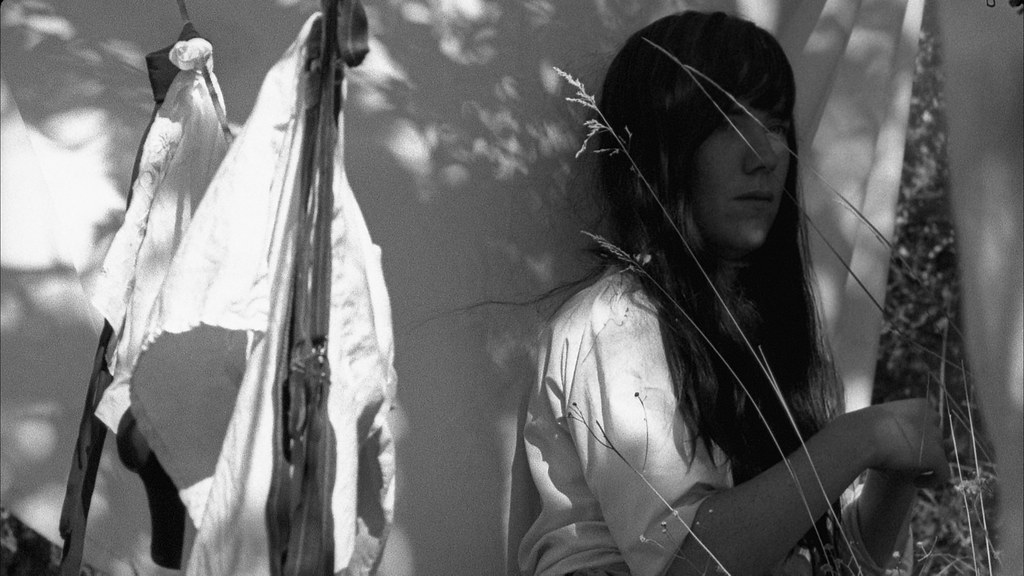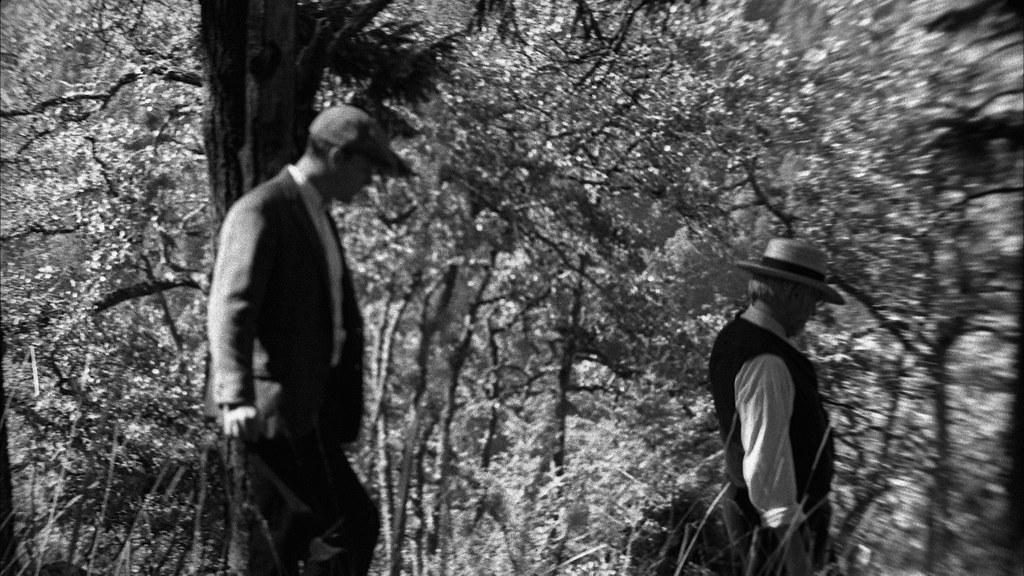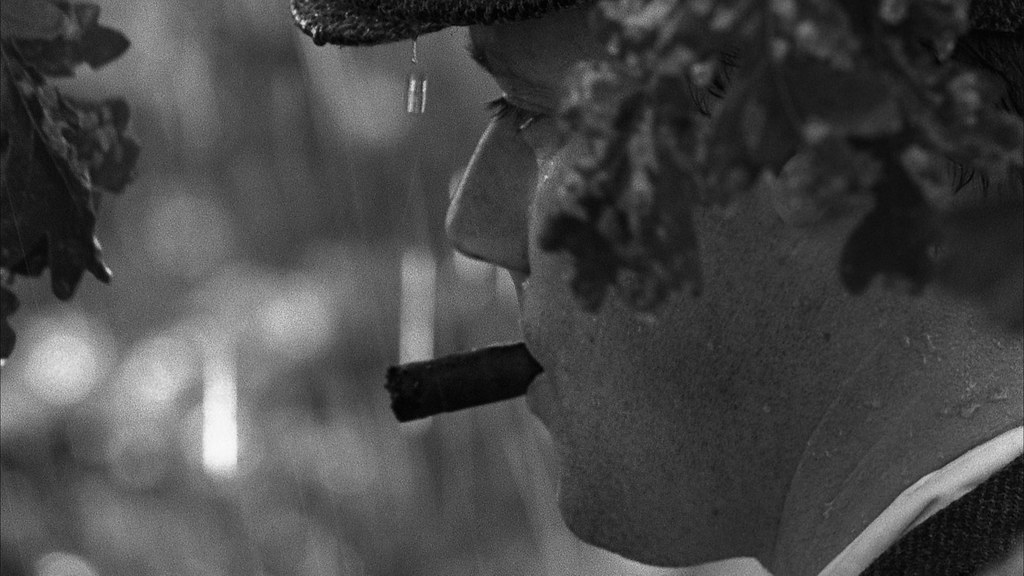-
Posts
48 -
Joined
-
Last visited
Posts posted by Edward P. Davee
-
-
Price reduced.
-
re-celled on-board ACL battery on eBay!
Market place thread above.
-
5 hours ago, Gregg MacPherson said:
Have you measured the diameter of the cells in that TENERGY 12V pack? I'm wondering if the packaging and tape is causing the bulge. Sub-C cells are normally given as 22.2mm diameter. Old ones I just took out measured 22.3mm.
Did you measure the height available in the case?
Also wondering if the TENERGY cells have factory tabs, or some other clever system...?
Any Eclair gear for sale it's worth also notifying in the Eclair Fleamarket subforum...
https://cinematography.com/index.php?/forums/topic/91893-eclair-flea-market/
Cheers,
Gregg.
Thanks for the tip! I’ll post there as well.
No, I didn’t measure. The bulge I think has more to do with the wires having to be re-routed along the top of the pack as there’s just no room on the sides. The tape was to keep the wires running along the slight gap between batteries to squeeze in a little more room.
I believe @Danielklockenkemper
Has re-celled with this same with this same configuration. Maybe he has some thoughts
-
-
I have added two more images with an explanation for greater clarity and transparency regarding the chipped edge of the internal element on the Superspeed/B-speed
Thanks for looking.
-
2 hours ago, Gregg MacPherson said:
Thanks Dom. I'll message you in a little bit.
The spray and bake method sounds interesting. My initial thought was that it would be hard to control the build thickness. May be an art to it. Chemical plating, like electroless nickel, is super precise, and cheap. I thought it might be an option, but maybe you need thicker layers, a quicker process.
What does “spray and bake” mean on a lens? Does that refer to adding thickness to a layer or channel that’s been worn down too much?
-
8 hours ago, Gregg MacPherson said:
Hey Edward,
I read on your listing the work that Duclos did. I'm really curious what this job cost. I have a couple of lenses that may need similar work. Separately, I didn't realize that MK I sspeeds needed de-clicking. Odd.
Another thought. Those familiar will see that it is an Arri-B mount with a PL adapter. Those unfamiliar may assume it is a PL mount.
Cheers,
Gregg.
I meant to quote reply that.
-
Hi Gregg,
I thought the clicking was odd as well! I didn’t know that any came with click stops either!
thanks for clarifying the B-mount/PL adapter situation I’ll make a note on the eBay as well. I probably shouldn’t assume that all folks know that MK1’s we’re all B-mount.
the Duclos work came out to $925. I spent $1250 on the lens prior to that not knowing about the chip until they told me. My loss.
-
-
I’m also filming Ravens! Have been for a while and I made a crow doc in the early 2000’s. Both Crows and ravens are too smart to trust someone pointing a camera at them and not smart enough to recognize that it’s not a threat, so it’s very difficult. Once they spot the camera, they’re gone. On top of that, they don’t fly in straight lines or at consistent speeds, so tracking them with long telephoto lenses is very difficult. I use a tripod for digital and S16 and hand-held for S8. Some footage samples are at Vimeo.com/epdavee
-
 1
1
-
-
Thanks Heikki!
I wonder if the fellow who put out the HD-144 Super 16 conversion kit (Mark?) is still involved with the camera world? I had my first ACL converted with that kit but that was well over a decade ago and I believe he was already done and just getting rid of back stock. It was so amazing to be able to purchase a newly manufactured ACL S16 gate and shutter. -
Thanks. Yes, I checked with them last week and the 12mm MK1 is no longer available, unfortunately
-
If there’s a spare 12mm to be had, Thats the one I’m looking for.
-
I have an original, working Eclair ACL Nicd charger in nice shape that I could offer for trade also. I won’t be needing it.
-
Hello, I’m on the lookout for an Eclair TS Mount for Arri standard. Interested in Bayo and PL options as well, but my more immediate need for now is the Arri Standard.
Also looking for one or two on-board Eclair batteries. They don’t have to have the mounting rack bolts on them and spent cells or even empty shells are fine. I intend to re-cell To NiMh anyway.
Could use a few more rubber magazine end caps as well.
thanks!edward
-
Thanks guys! I appreciate the feedback. I'll likely make a new trailer after everything has gone through final "color" correction and such. I haven't submitted to festivals yet, so no telling where it will have it's official festival premiere.
-
Shot on Super 16. inspired by the true story of the "Brides of Christ" religious cult from turn of the Century Corvallis Oregon.
-
7212 is a great stock, why did you choose it over 7231 or 7265. what was the film scanned on?
I love black and white reversal and perhaps would have gotten what I wanted from it. I didn't do any tests to find out. I guess I was scared to shoot my first feature on reversal. Maybe that's foolish. I don't know.
the film was scanned on a spirit telecine.
-
Hi Edward,
nice stuff! Was the out-of-focus effect on the shot with the house done with vaseline on the lens?
And why didn't you shoot on true B&W stock?
Cheers, Dave
Thanks Dave. The lens effect is from a lens baby 2.0 for a contax yashica mount. My D.P. and I wanted to use it in a more subtle way than the lens baby is normally used. This still is a little more "extreme", but since this particular lens baby was made for 35mm camera's it had a more subtle effect for a 16mm camera. For most of our uses, we just wanted it for a slight blurring around the edges of the frame for a more old time photography look. I like the way it looks with grainy film, personally.
I wanted black and white but I had several indoor shots in the film that were supposed to appear as lit by candles and oil lamps. I wanted the option of a higher speed but I wasn't into the look of tri-x for the film. I wanted a grittiness, but I wanted a nice sharp clean image that would translate well to big screen projection. I did a test with 7212 bleach bypassed with a one stop underexposure and loved the way it looked desaturated. It was just the look I had hoped for. With the 1 stop under exposing, I could work at 200ASA and If needed, go with 7217 under 1 for a 400ASA. We ended up shooting only one roll of 7217, but the option was always there, which it would have not been with black and white stock. I like the fact that the bleach bypass retains the silver grain. When desaturated, I think it resembles actual black and white stock more than normal color neg desaturated, which seemed too smooth to me in my tests. I thought the B.B. 7212 had a very nice grain that, for me, was pleasing more to the eye than black and white 16mm stock. Luckily, my D.P. was equally charmed by it.
I love black and white stock and probably would have used it if the film were shot in 35mm. I tried some tests with 7231 pushed, but was not happy with the graininess of it. I think the B.B 7212 gave us a nice balance of film speed, sharpness, old film look, and grit. Also, as I mentioned before, the option of a 400ASA with 7217 was always there if needed, with a similar result.
My Director of Photography was Scott Ballard. We had a very similar vision for the film and worked well together. It was hard for me to let go of my camera and trust someone else, but I'm glad I did.
-
Here are some stills. This film was shot on 7212, bleach bypassed. Desaturated in post. Shot on an Eclair ACL II with adapted Zeiss SLR lenses.





------------------
epdavee.wordpress.com
-
-
oops.you're right, I meant double-x. sorry thanks for clearing that up.
-
Thanks Saul. I was wondering specifically about 7231 plus-x neg, not reversal. I've got a black and white S-16 project coming up that I originally wanted to shoot on 7231 for a more classic film feel, but I also have several night time and indoor scenes, and limited lighting gear, I will probably go with all color neg as you say, but I can't help but obsess about the real deal. Hard to let go.
I like a little grit and harshness for this but even plus x in 16mm is perhaps a little grainier than I'd like, so tri-x, though I love both stocks, is certainly out of the question for this.
I will do some more tests!
thanks,
Edward
-
Despite significant differences in appearance, It seems it's fairly common (though usually with some reluctance) for folks to shoot plus-x for outdoor and tri-x for indoor scenes, cutting between the two within the same project.
I'm wondering if anyone has used a high speed color neg desaturated in post with a DI, instead of tri-x for indoor shots. Would this perhaps, with further contrast adjustments, potentially be a closer match to the look of plus-x?
I suppose it would be unusual to see lower light situations having less grain and a smoother look than the daylight footage since that's the opposite of what we're used to, but I wonder how the two would work together.
Would the difference in grain size and quality be more or less distracting than the differences between plus-x and tri-x?
basically I'm just wondering if it's possible to get a desaturated color neg such as 7219/5219, to match the look of plus-X neg better than tri-x does.
Hope that makes sense.




Eclair ACL battery for sale on EBAY. Re-celled NiMH
in Cine Marketplace
Posted
*Priced reduced*